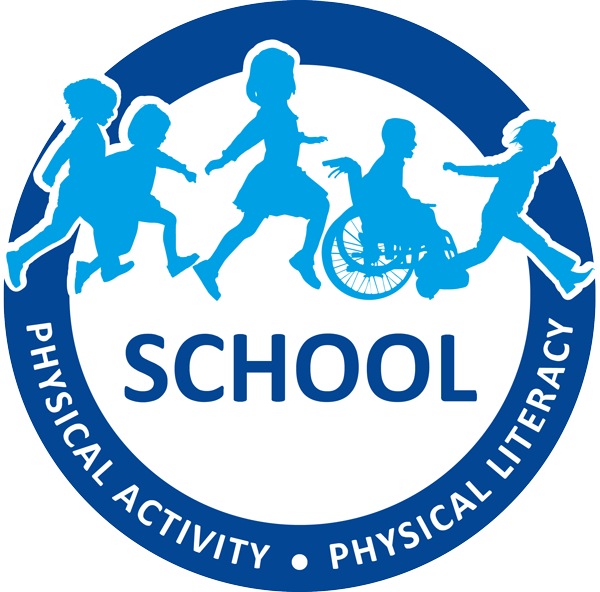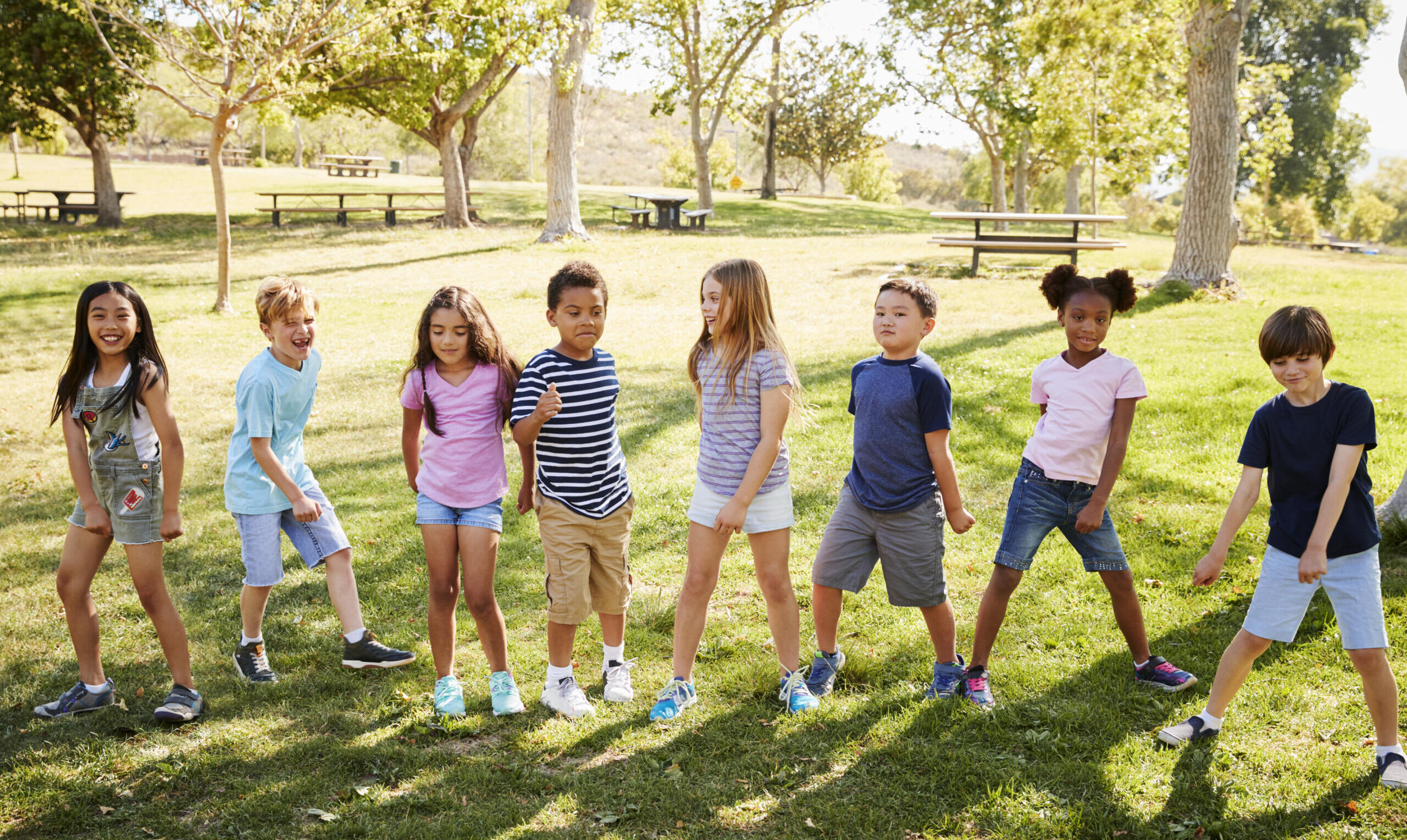Encouraging students to engage in physical activity is one of the most transformative things we can do for their brains — and has implications for the rest of their lives. According to neuroscientist and author Wendy Suzuki, physical activity has a stronger impact on the brain than some would think.
“A few years ago I did something very unusual in science. As a full professor of neuroscience I decided to completely switch my research program because I encountered something that was so amazing with the potential to change so many lives that I had to study it,” she said during a TED Talk in 2017.
“I discovered and I experienced the brain-changing effects of exercise.”
Impacting students for life
Suzuki spent several years studying the subject, while also incorporating more physical activity into her own life to experience the effects firsthand. She learned that physical activity has immediate, long-lasting and protective benefits for the brain, while shielding the participant from cognitive disorders such as depression, Alzheimer’s disease and dementia.
“Exercise is the most transformative thing you can do for your brain today,” she said.
Students will especially benefit, because regular physical activity boosts students’ moods, improves their focus, solidifies their memory and even helps them pay attention in the classroom. A single physical activity instantly increases the level of neurotransmitters being distributed, including dopamine and serotonin, and the increase to focus and productivity will last at least two hours.
“Exercise actually changes the brain’s anatomy, physiology and function.”
That’s because when students engage in physical activity, they’re actually building up the brain as if it were a muscle. This protects them from any kind of cognitive decline, and slows diseases or disorders they may encounter during their lifetime.
“The good news is you don’t have to be a triathlete to get these effects. The rule of thumb is you want to get three to four times a week minimum, thirty minutes an exercise session.”
Bodies and brains
According to Suzuki, you don’t necessarily need to go to the gym to receive these positive effects. Encouraging students to make active choices in the moment, such as choosing to take the stairs instead of the elevator, can have the identical impact. It may just mean taking full advantage of recess and lunch breaks to get moving and have fun.
As students prepare for their long-awaited summer break, it’s a good time to remind them of the benefits of physical activity – both on their bodies and on their brains. Whether that means running down a dock and jumping into a lake, going for a nice long bike ride or even climbing a tree, the positive effects will follow them right back into the classroom in September.
Relevant resources
Amazing Races Outdoor Physical Literacy Activity
Making the Link: Physical Activity and Mental Well-being
Physical Literacy Beyond the Gym: Creative Ways to Keep Students Moving Throughout the Day

